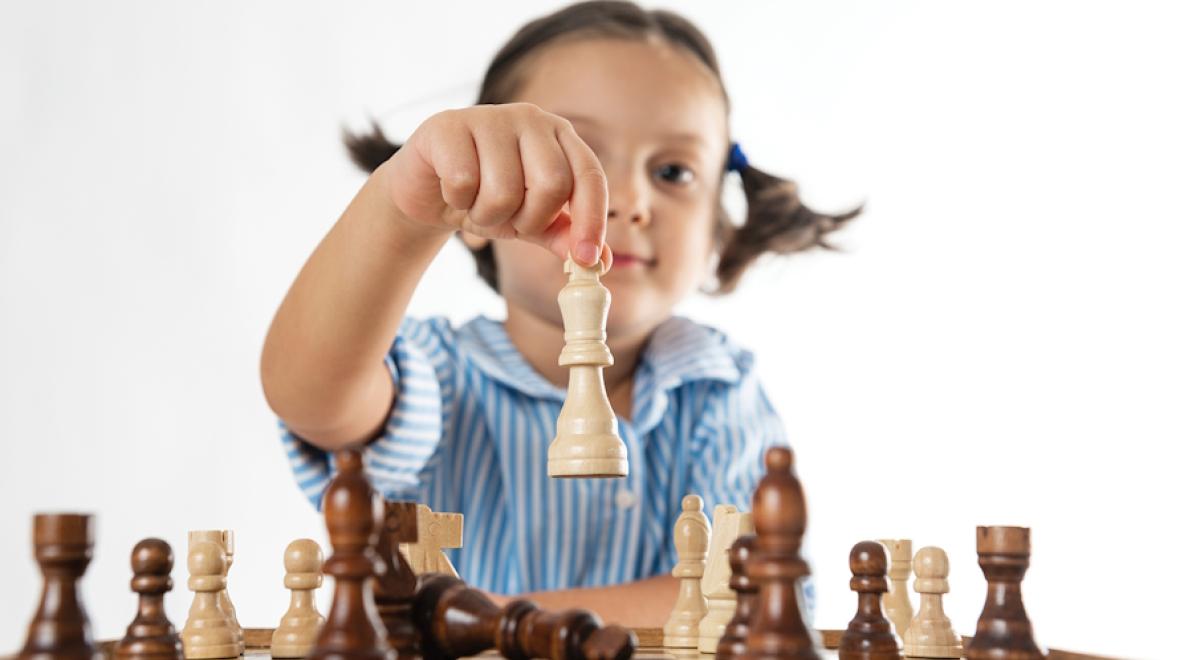
In the late 1800s, Thomas Edison began working on a new kind of storage battery that he hoped would revolutionize the electrical industry. He wanted to create batteries that were lighter, more durable and much more powerful. He conducted thousands of tests and poured almost $1 million of his own money into the project.
In 1903, the battery was finished and made available to the public, which soon discovered that the promises made about the new apparatus fell far short of expectations. Battery leakages were reported by many consumers, making the devices practically useless, and those batteries that did not leak did not last as long as consumers had been led to believe.
This was a major setback for Edison, but he refused to believe that all hope was lost. Instead, he saw the predicament as an opportunity to practice critical thinking. He shut down the factory and over the next three years, he experimented with different materials to try to find a solution to the problem. He failed over and over again, but each failure led him to try a different approach to the problem. Through trial and error, he eventually discovered that adding a small amount of alkaline to the acid prevented leaks.
Thanks to his critical thinking skills and his perseverance, Edison eventually succeeded in developing a battery that was far better than the original one. These skills laid the groundwork for many other important inventions.
Edison’s ability to approach problems with an open mind — and his willingness to experiment and try new things — explains why he is remembered as one of the greatest inventors of all time.
As a parent or educator, you may have asked yourself whether it is possible to teach critical thinking skills to children. In other words, are these skills inborn or can they be developed?
What science says about critical thinking skills
Several researchers refer to the ability to acquire critical thinking skills as the “development of a mind of one’s own.”
Critical thinking is about being able to look at an issue or problem from different angles. Being a critical thinker requires kids to keep an open mind, to be able and willing to see things from different perspectives, and to trust in their ability to find a solution to their challenges.
Critical thinkers are therefore curious experimenters who are not afraid to fail or who see failure as an opportunity to learn new things.
Does critical thinking come more naturally to some kids than to others? Possibly so. But science indicates that kids primarily learn to become critical thinkers when they practice these skills.
Many of the researchers who have focused on the development of critical thinking skills suggest that children develop thinking skills more easily when an intentional attempt is made to promote those skills.
Some studies have found that children taught using a critical thinking approach become better at solving problems. Others have determined that teaching thinking skills may increase the ability to reason, use language, solve problems, be inventive and make decisions.
The good news is that it is possible to teach critical thinking skills at home. Here are some easy tips to get started.
How to incorporate critical thinking skills into your child’s everyday life
Ask questions.
The more you make it a habit to ask your child questions, the more you help them practice their critical thinking skills. That said, it is important to avoid questions that prompt straightforward “yes” or “no” responses. So, instead of asking, “Did you have a good day?” try something along the lines of “What was the most interesting thing you did today?”
Making it a habit to ask for your child’s opinion — “What do you think?” or “How are you going to do it?” — is an easy way to make them reflect on possible responses and solutions.
Ask your child to put things into their own words.
One of the easiest ways to teach critical thinking skills is to ask your child to use their own words when expressing themselves. For example, after watching a movie together, inquire: “What did you understand?” “What did you learn from the story?” “What did you think of his/her reaction?” “What would you do if you were in their shoes?”
Prioritize play with open-ended toys.
Open-ended toys are great playthings because they encourage creativity. Your child can engage with them in many different ways, which means that they are encouraged to come up with new ways to interact with the same toys. Toys such as building blocks or nesting puzzles (for younger kids) and KAPLA or KEVA planks (for older kids) are good examples of toys that can help increase your child’s creativity and therefore their critical thinking skills.
Provide an environment that favors the development of critical thinking skills.
By allowing your child to participate in the decision-making process, and by accepting their solutions even when your view differs, you help them to practice their critical thinking skills. Do not rush in to help your child find a solution: Let them think of ways to solve problems on their own.
Ask your child to come up with alternative solutions or explanations.
Ask: “How else can you do it?” “What will you do next time?” “How would you do it?” “What would you do differently?”
Play games that require critical thinking skills:
Playing Scrabble, chess or sudoku is an easy way to help your child strengthen their critical thinking skills.
Remember that modeling critical thinking is one of the most effective ways to teach those skills to your child. This could be in the form of asking questions, considering alternative solutions, showing your openness to different views and opinions, or even working together (and considering their proposals) to solve a problem.











